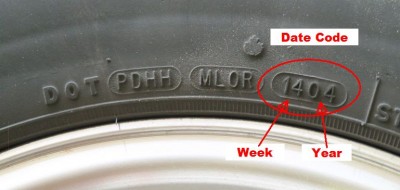One of the basic comforts of home that can be appreciated when RVing during this time of year is heat! All we usually have to do is dial up the thermostat, and sit back to enjoy the warmth. Aside from the more elaborate perimeter heating systems in luxury Motorhomes, most of us have a forced–air furnace, which uses propane to fuel the burner and 12–volt DC power for the controls and the blower.
Furnaces, although usually reliable, can be troublesome at times. If you don’t have the Good Sam Extended Service Plan to help cover the cost of repairs needed fix your furnace when it decides to act unruly, it’s helpful to have basic knowledge of how your furnace works and how to troubleshoot malfunctions.
How a Furnace Works
- A thermostat summons heat, via a circuit board inside the furnace.
- After a short delay, the board activates a dual–purpose blower—injecting air into the combustion chamber while simultaneously moving air through the ducts.
- A sail switch closes, signaling that the blower is enough air for combustion to occur.
- A gas valve is opened, admitting gas into the burner inside the combustion chamber—where an electrode assembly produces a spark.
- Combustion occurs, and gases are vented outside—sealed from the inside air–circulation system.
- A limit switch halts gas flow if temperature is too high or if the blower becomes inoperative.
- The thermostat controls furnace running time.
Troubleshooting Malfunctions
The most common malfunctions are generally related to one of two items: DC voltage and/or gas pressure, neither of which are difficult to check.
- If the fuse panel is OK, use a 12–volt DC test probe to check for power in the wires leading into the furnace—this will ensure that you have an uninterrupted power circuit.
- Next, check voltage to make sure it’s adequate—at least 11 volts. Compare voltage at the batteries and at the furnace. In weak circuits, voltage may drop as much as 1 volt between the batteries and the furnace, suggesting larger wiring is needed or batteries may not be capable of holding a charge.
- If the voltage is good, the problem may relate to the furnace circuit board, a relay, a faulty blower motor, or another component such as the thermostat. If its internal parts can be accessed, check that the thermostat contacts close and will conduct power (check resistance using a multimeter).
The Furnace Is Blowing Cold Air:
- When this problem occurs, you may find that other appliances may be affected as well.
- Measuring on a manometer, make sure the gas pressure is set to 11 inches water column for adequate performance.
If you don’t have any of these components to help troubleshoot these malfunctions, our good friends at Camping World are offering a special where you can purchase all the necessary tools at a great discount…
Another important troubleshooting step is to educate yourself on what is and is not covered when a major RV component breaks down. Unfortunately, a number of Motorhome manufacturers have gone out of business this past year, and your RV’s warranty could be void without notice. Don’t be left in the cold! Find out if your Motorhome manufacturer is on the list.



